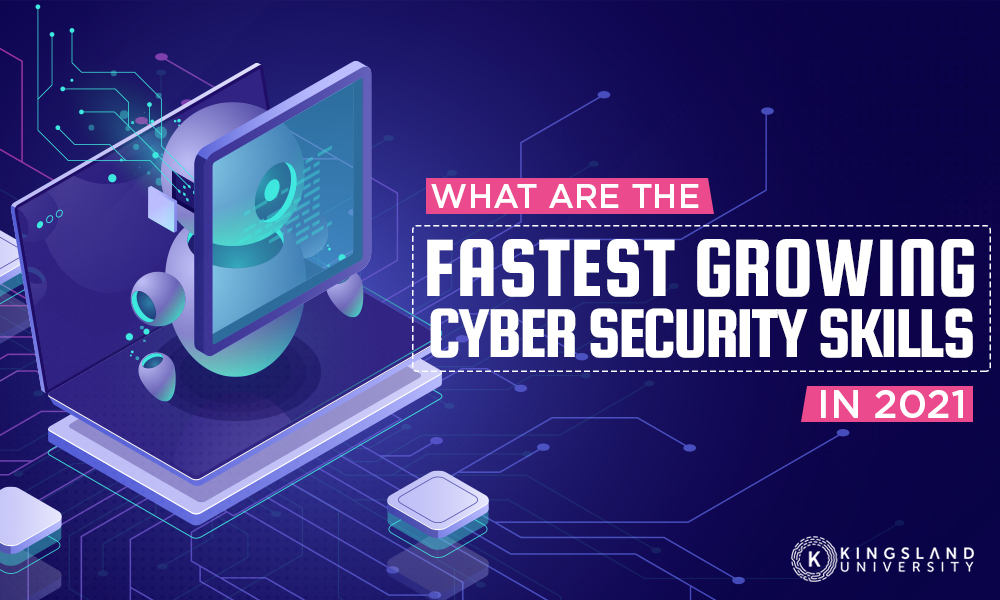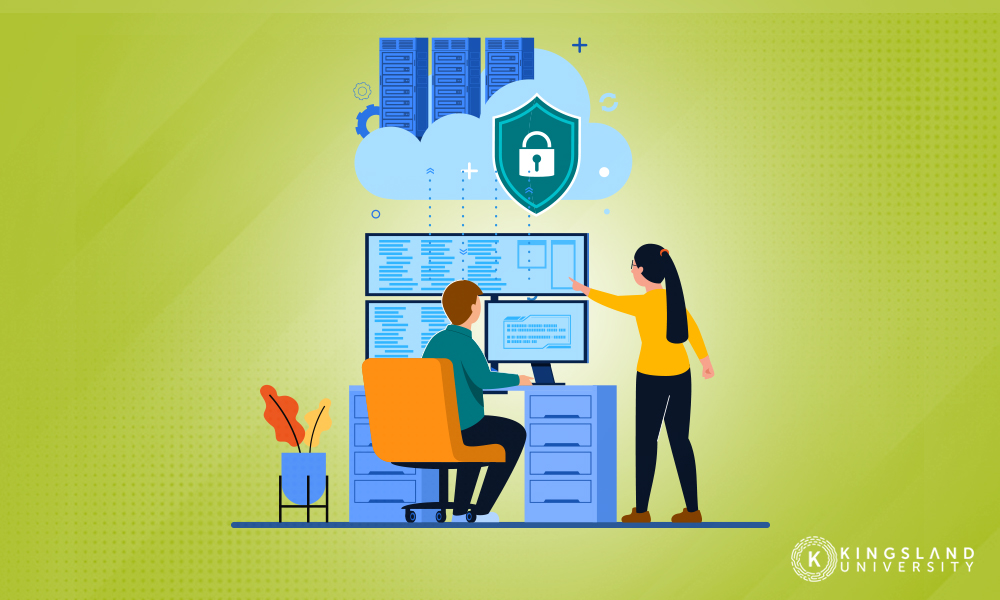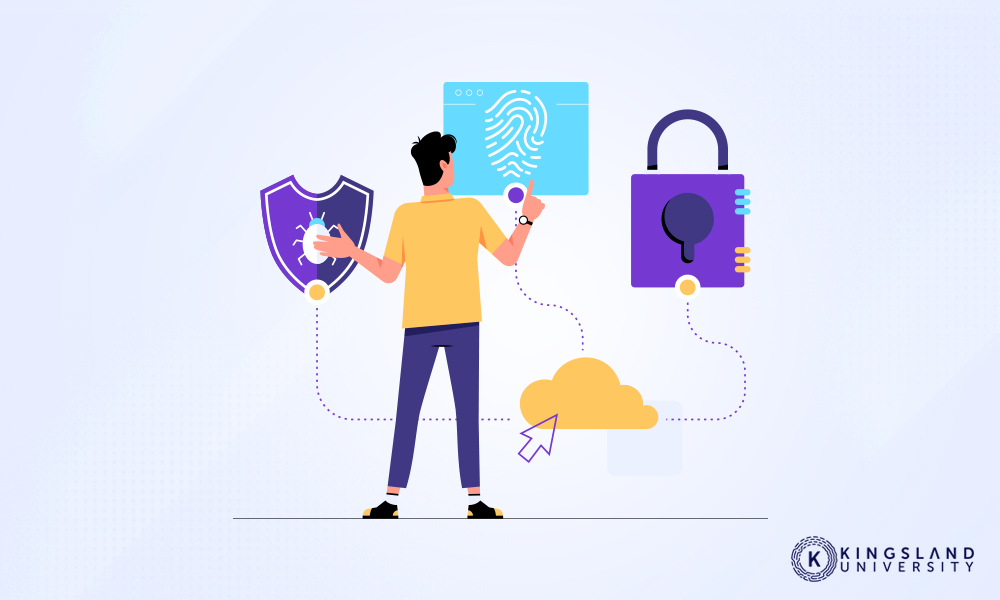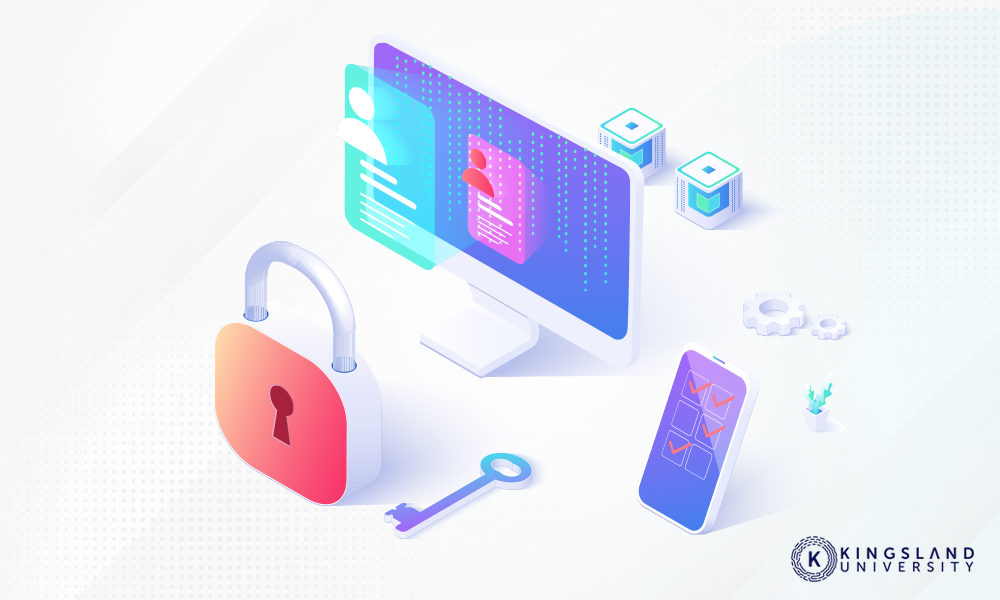
The profession of cybersecurity is constantly evolving and increasing in demand. This demand is reinforced by a need for skills that are restrictive to those without the aptitude for computers and coding. The need for these skills can make it difficult for people to break into the industry, thus leading to a shortage of cybersecurity professionals that desperately need to be filled.
While these skills are vast and can span all kinds of different aspects of data security, some skills are more important and are also evolving with the field. These growing, evolving skills can dictate the level of success you enjoy in the realm of cybersecurity and help you succeed. With this article, we hope to fill you in on the most rapidly evolving skills in the field.
Skill #1: Application Development Security
Application development security is the number one fastest-growing skill in the cybersecurity field, being one of the most crucial to the aspiring professional. Application development security, as the name implies, revolves around the strengthening of protection for applications.
By default, the process of application development identifies the vulnerabilities of an application and patches them up before the application is released for public use, thereby reducing the number of security issues the users face.

Of course, this application patching can occur after the application has been released if certain issues did not come to light during the development cycle. When it comes to application testing, there are three main approaches that cybersecurity professionals employ:
- Static Application Security Testing (SAST): SAST revolves around the experts having a direct understanding of the software architecture of the application. Armed with this knowledge, they can directly locate issues found in the application’s source code and address them.
- Dynamic Application Security Testing (DAST): DAST, unlike SAST, does not require the expert to have any firsthand knowledge of the source code. Instead, the expert uses a functional version of a potential release build to find any issues or vulnerabilities in the application.
- Interactive Application Security Testing (IAST): IAST is a form of testing that hybridizes the DAST and SAST approaches of application development for a more comprehensive approach.
This testing is vital to the success of an application in a world wherein mobile business is becoming more common. The integrity of application security is becoming more and more vital, leading to the growth of application development security for cybersecurity professionals to pursue. A study conducted by Atlas VPN found that the demand for application development security is projected to increase by 164% over the next five years. In a few years, there will be over 48,000 openings for jobs revolving around this skill.
Skill #2: Cloud Security
Cloud security focuses on preventative measures and firewalls designed to protect information stored in the data cloud online. Businesses are gradually shifting to cloud storage for their professional data making cloud security a necessity. As threats to data security evolve and become more complex, more systems become vulnerable to a breach, and the cloud is no less at risk than hard data storage devices such as hard drives. This has led to an increase in the need for qualified cloud security professionals to handle and resolve threats and breaches in the cloud’s firewall for their company.
Cloud security, being such a dangerous storage medium, requires heavy-duty security to make it viable for consumers and companies that rely on it for data storage. As a result, cloud security has four essential “pillars”:
- Visibility and Compliance: Since cloud storage is a zero-trust form of computing, it requires a degree of transparency for its users to rely on it. By offering an inventory of what the cloud system offers in terms of services, servers, and tools, consumers can determine whether a specific cloud network is reliable enough to entrust their documents, data, and images.
- Compute-Based Security: One of the most important pillars is the security the cloud system offers to protect the information you are storing on it. Compute-based security is a two-stage system designed to protect sensitive information stored on the cloud. The first stage is all about automated management of the vulnerabilities of the network. This system automatically identifies holes in the system’s firewalls and corrects them while prioritizing cloud-stored data. The second stage is the operational security of the network, which analyzes activity on the servers for anything that might be malicious or lead to the attempted theft of private or personal data.
- Network Protections: Network protections, usually applied to on-site storage, are used by cloud networks to provide a safe data storage environment. By creating “zones” wherein different workloads and processes operate independently in a process called micro-segmentation, all workloads are given their own private security. Cloud networks also apply a security border starting from their network that extends all the way to the user so that your data is pulled and accessed securely from start to finish.
- Identity Security: The last of the pillars, identity security is the association of who is accessing the cloud to the authorizations they possess. Cloud networks use login information and account details to ensure that the data and applications a user is able to locate and access within the storage system are the ones they are authorized to find by the system administrator.

According to the Burning Glass report, cloud security skills will start seeing an increase in salary of approximately $15,025.00 as the urgency and need for professionals increase in response to the evolving threats to system integrity. Cloud security is the second most rapidly growing skill after application development security. Burning Glass projects that the demand for cloud security specialists will increase by a whopping 115% in the next five years.
Skill #3: Risk Management
Risk management is, arguably, one of the most important skills for cybersecurity professionals. The skill revolves around analyzing a series of factors about the security of the data for potential risks that might come back and negatively impact the company.
Risk management involves a mathematical analysis and uses a specific methodology to determine where the risks lie successfully. Risk management professionals evaluate the priorities of their company, identify gaps in cybersecurity, and conduct analyses on known cybersecurity issues. Their focus is on committing to future investments based on the analyses they have conducted and using those investments to execute strategies and implement new security controls and practices to maximize security. They also measure and score cybersecurity programs for potential application to their firm.
Risk management professionals can operate with several data frameworks that risk assessment and analyses can be conducted through:
- National Institute of Standards and Technology Cybersecurity Framework (NIST CSF): The NIST CSF is easily one of the most popular cybersecurity frameworks to use as it provides a full map of outcomes and processes using the core functions of cybersecurity risk management: Identification, protection, detection, response, and recovery.
- Department of Defense Risk Management Framework (DoD RMF): The DoD RMF is used, as the name implies, by the Department of Defense as a standard to assess and manage cybersecurity threats. The DoD RMF uses six steps to resolve threats and issues: Categorization, selection, implementation, assessment, authorization, and monitoring.
- International Organization of Standardization and International Electrotechnical Commission (ISO/IEC): The ISO/IEC is one of the oldest frameworks in service today and uses a strict set of standards to manage risks and threats.
- Factor Analysis of Information Risk (FAIR): The FAIR framework was developed by the Open Group that helps companies better understand information that will allow them to implement better cybersecurity practices and habits to minimize the risk of a breach.

Managing these frameworks and analyzing, detecting, and neutralizing threats that lead to superior cybersecurity measures is the core of risk management. Risk management is such a high-demand skill that it is looking at a projected 60% growth over the next five years.
Skill #4: Threat Intelligence
Threat intelligence is a complicated, refined aspect of cybersecurity that is used to prevent attacks rather than repair them after the fact. Threat intelligence focuses on collecting and analyzing data from previous attacks and known attacks to better understand how the attackers operate. By collating this data and committing it to the cybersecurity practices used in everyday situations allows for faster, more efficient responses to attack attempts by using the information gathered to anticipate how the attacks will proceed.

The threat of attack is an ongoing one that requires vigilance and proper security practices and responses to mitigate the risks associated with a breach. These constant attack threats are known as advanced persistent threats (APTs) that cybersecurity professionals are constantly working to outperform. Threat intelligence analysis allows companies to enjoy a more effective defense due to defenders having a tangible idea of how the attack will play out and giving them information to place defenses in the data networks to cut off the attacks. Threat intelligence can be divided into three types:
- Tactical Threat Intelligence: Tactical threat intelligence is all about malware defense. Professionals for tactical intelligence focus on the immediate threats by identifying indicators of compromise (IOCs) like bad IP addresses, URLs, and malicious domains that might put data and devices at risk of a breach. Tactical intelligence is the easiest to gather and can be automated but has a short lifespan. The threats they become aware of can be rendered moot within days or even hours after identification as new, more advanced IOCs are generated to replace them.
- Operational Threat Intelligence: Operational threat intelligence is focused on the identification and navigation of hostile data infrastructure. Operational intelligence professionals ask the questions that allow them to understand and anticipate how a threat will unfold by focusing on the attribution (who), motivation (why), and the ‘TTPs’ (how) of the attacker to gain the insight needed to overcome an attack and prevent them from occurring again. Unlike tactical intelligence, operational intelligence can not be automated as the human component is vital for translating how the threats unfold so that measures can be taken against them. In addition, the ‘TTPs’ employed by attackers are not as easily changed as other tools, which vastly increases the lifespan of operational intelligence.
- Strategic Threat Intelligence: Strategic threat intelligence is understanding the motivations of attackers to create better defenses. No cyberattacks are ever conducted for the sake of the act itself but are accompanied by some higher motivation that the attacker knows but professionals do not… yet. Strategic intelligence professionals analyze the attacker’s habits to understand their motivation so defenses can be erected to shield networks and data based on why an attack might occur. For example, an attack motivated by corporate espionage would lead to hardened encryption on product details or business strategies stored in a company’s database. Strategic intelligence is, by and large, the most difficult type of intelligence to gather due to the inescapable detail that understanding the human behind the attack is paramount rather than the technical details. As a result, professionals need to interpret the less obvious details about the attacks and the state of the world around them when the attacks occur.
Threat intelligence is one of the most complicated facets of cybersecurity in the world and requires specially trained professionals with analytical minds to fill the ranks. Despite the steep professional requirements to make it as a professional within this skillset, the demand is equally high. The 5-year projected growth for threat intelligence professionals is at 41% as of 2021.
The Final Byte

Cybersecurity is an ever-expanding field that requires a multitude of skills and a vast understanding of computers and data to be a feasible profession for you. As the industry grows, the skills that make or break a professional will grow as well. While the skills we have listed in this article are not the only ones, they are the four fastest-growing skill sets in the field today.
Being able to identify and repair vulnerabilities in an application, understanding how to provide a cloud network that is secure and trustworthy, being able to identify and mitigate potential risks, and being able to gather the information you will need to combat and prevent threats are all coveted talents that will see you go far as a cybersecurity professional.
No matter what firm you may apply to, having these skills will ensure that you enjoy employment for a long time as the demand for your skills grows along with the challenges and threats you will face.


